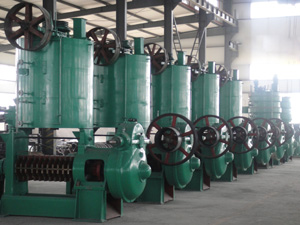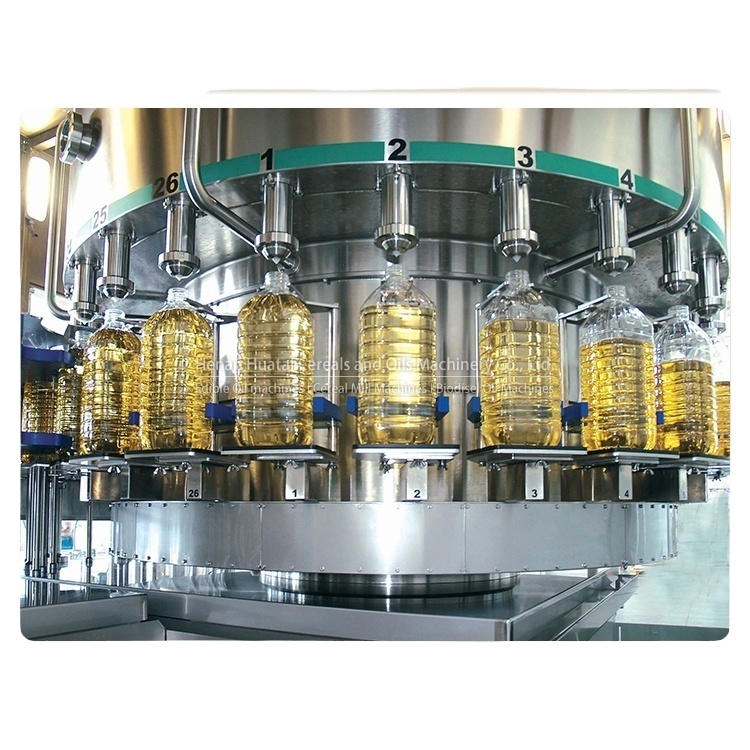
In today’s rapidly evolving global oilseed industry, multifunctional soybean oil plants have emerged as pivotal assets that address the diverse needs of manufacturers ranging from small-scale operators to industrial-scale producers. These plants offer unparalleled flexibility by efficiently processing multiple types of oilseeds, adapting outputs through customizable configurations, and integrating advanced technologies to boost efficiency and sustainability.

Modern soybean oil plants are designed not only for soybeans but also for a variety of oilseeds such as sunflower, rapeseed, canola, and cottonseed. This multifunctionality significantly reduces the need for separate processing units, enabling companies to diversify their product lines without heavy extra investment. Market data suggests that multipurpose oil plants can increase operational efficiency by up to 25%, thanks to streamlined workflows and reduced downtime switching between seed types.
One of the strongest selling points of contemporary soybean oil plants lies in their modular and scalable design, allowing tailored solutions for enterprises of varying capacities—from 5 tons per day to over 100 tons per day. This adaptability ensures that startups benefit from cost-effective setups while large manufacturers maximize throughput with integrated automation and energy-efficient technologies.

For instance, a mid-sized South American vegetable oil producer recently upgraded to a multifunctional soybean oil plant, enabling them to switch seamlessly between soybean and sunflower seeds depending on seasonal availability. This adaptability led to a 15% increase in annual revenue by capturing market fluctuations and fulfilling diverse client demands. Another case in Southeast Asia saw a small oil mill increase extraction yield by 18% and reduce energy consumption through the integration of high-efficiency screw presses and solvent extraction units.
Traditional single-purpose plants typically struggle with market volatility and rising operational costs. Multifunctional facilities mitigate these risks through:
These strengths translate directly into improved profit margins and expanded market access.

With global demand for vegetable oils expected to grow at a compound annual growth rate (CAGR) of approximately 3.5% through 2030, multifunctional soybean oil plants are positioned strategically to capture this rising tide. Advances in AI-driven processing control systems, environmentally friendly extraction solvents, and modular plant architectures will further empower producers to:
As these innovations mature, investments in such versatile plants become not just advantageous but essential for competitive survival.
Choosing a multifunctional soybean oil plant means securing a future-proof solution that combines advanced technology with operational flexibility. Whether your goal is efficiency, sustainability, or market agility, these plants deliver measurable advantages that drive growth and profitability.

